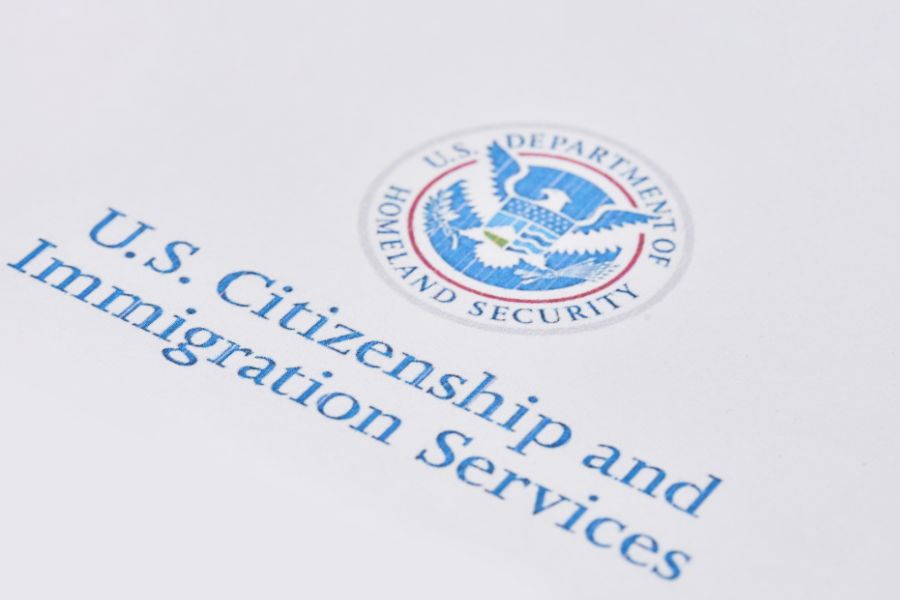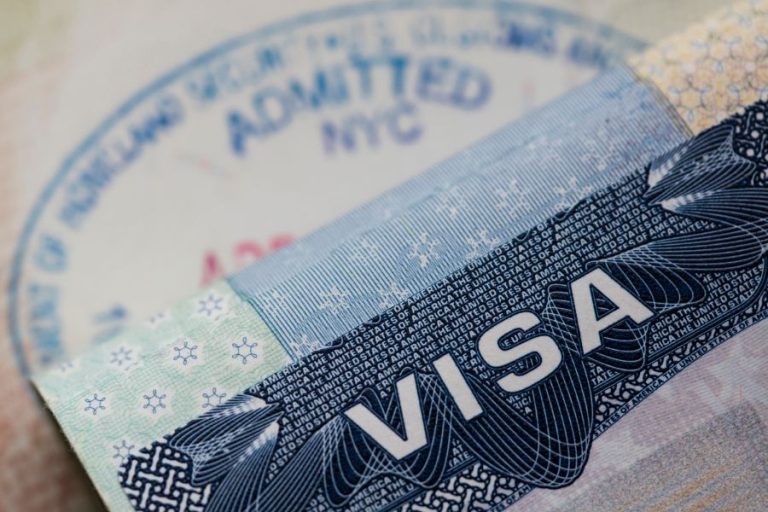Everything You Need To Know About Parole In Place (Updated for 2024)
Parole in Place (PIP) is a lifeline to keep families together in the U.S. Updated for 2024, it enables noncitizen spouses and children of U.S. citizens to apply for residency without leaving the country. To qualify, you’ll need to demonstrate you’ve been continuously present in the U.S. for at least 10 years as of June 17, 2024; and you’re legally married to a U.S. citizen as of that same date. The process may seem challenging, but we’re part of a community of advocates here to assist you. Remember, each case is unique. Learning more about PIP, including details on the new application process, family aspects, and employment options, will enhance your chances of a successful outcome.
Understanding The New Parole in Place Rules
Let’s explore understanding the new Parole in Place rules, an important tool designed to keep American families together and offer a chance at the American dream for noncitizen spouses and children of U.S. citizens. These new regulations, designed with empathy and fairness, offer immense benefits to those who’ve made the U.S. their home.
Before, many of these families faced the harsh reality of separation as noncitizen members had to leave the U.S. to apply for residency. Now, they can apply without leaving, reducing the emotional toll and keeping loved ones together. Even better, the program offers the opportunity to receive work authorization while awaiting permanent residency. However, it’s not without challenges. Dealing with the legalities can be overwhelming, and there’s always the fear of refusal.
Eligibility Criteria and Application Process
To apply for Parole in Place, you need to meet specific eligibility criteria. Let’s walk through these requirements together.
First and foremost, you must demonstrate a continuous presence in the United States of at least 10 years from the date of this announcement, or June 17, 2024. This means living in the country, uninterrupted, for a specific period. Also, you must be in a legal marriage with a U.S. citizen. Your application will need to include documentation supporting both of these facts.
Application requirements also include a biometric screening. This involves providing certain biological information for identity verification, guided by USCIS instructions.
To summarize, here are the key components to keep in mind:
- Prove your continuous presence and legal marriage
- Gather and submit all necessary documentation
- Undergo a biometric screening (more info on this screening is forthcoming)
Stay patient and diligent throughout the process. This journey requires perseverance, but rest assured, your efforts will be worthwhile!
Children, Spouses, and Family Aspects
It’s equally important to take into account the role of your children and spouse in the Parole in Place program. This initiative is not just about your own status, but also about family reunification. Your spouse and children are integral to this process, and their eligibility can impact your parole benefits.
For a child to be eligible, they must be physically present in the U.S. without admission or parole. Also, they should have a qualifying relationship with a U.S. citizen parent. USCIS considers children for parole on a case-by-case basis, so each situation is unique. The process also extends to noncitizen children who meet specific criteria.
Your spouse’s role is also significant. A legally valid marriage with a U.S. citizen can greatly affect your application’s outcome. Ensuring you provide all the necessary documentation regarding your spouse and children’s status can increase the chances of a favorable decision.

Duration of Parole and Employment Authorization
Understanding the duration of parole and your potential employment authorization is an essential step toward maximizing the benefits of the Parole in Place program. It’s critical to know that parole duration varies but can be granted for up to three years, depending on individual circumstances. This period provides ample time for you to complete the necessary immigration processes.
Once granted parole, you’re immediately eligible to apply for work authorization. This allows you to legally seek employment opportunities in the United States, opening new avenues for financial stability and personal growth. Here’s what you need to know:
- Parole duration can extend up to three years, offering a significant window for you to sort out your immigration status.
- With parole, you become eligible to apply for an Employment Authorization Document (EAD) immediately upon approval.
- You can submit your application for an EAD using Form I-765 under the ©(11) category code.
To get started today, reach out to a qualified attorney and begin your preceding!
Keeping American Families Together
Keeping your family together is a top priority, and the Department of Homeland Security’s Parole in Place program is designed to help U.S. citizens with noncitizen spouses and children do just that. This program is a cornerstone of family reunification efforts, an essential aspect of our nation’s immigration policies.
Parole in Place provides a pathway to citizenship, allowing eligible noncitizens to apply for lawful permanent residence without leaving the country. Understanding the system’s legal requirements can be challenging, but with the right guidance and support, it’s possible to keep your family united.
Always remember, you’re not alone. By comprehending the Parole in Place program, knowing the legal requirements, and utilizing legal support, you’re taking significant steps toward ensuring your family stays together.
DACA Policy and Parole in Place
While you are making strides to keep your family together through the Parole in Place program, it’s also worth noting how the Deferred Action for Childhood Arrivals (DACA) policy intersects with these efforts. The DACA policy, created to protect eligible immigrant youth who came to the United States when they were children from deportation, offers many benefits that can complement your Parole in Place efforts.
These benefits include:
- Employment opportunities: DACA recipients are eligible for work permits, which can open up a wide range of job opportunities.
- Social Security and Medicare: Once employed, DACA recipients can receive these benefits.
- Educational benefits: DACA policy grants access to in-state tuition and financial aid in some states, enriching the future prospects of these young individuals.
Avoiding Immigration Scams and Fraud
Going through the immigration process can be demanding, and it’s essential to stay vigilant to protect yourself from potential scams and fraudulent activities. Fraud prevention starts with awareness and understanding of common scams that can derail your immigration journey. Be skeptical of unsolicited calls or emails offering immigration services, promising faster processing, or threatening penalties. These are often scams exploiting your need for assistance. Remember, this application is not available at this time, the only thing you can do right now is organize your evidence and repair for the application to go live!
Recognizing official channels is vital in avoiding such pitfalls. Always verify the information with the U.S. Citizenship and Immigration Services (USCIS) or authorized immigration attorneys. The USCIS website and government offices are the most reliable sources of information. Beware of websites or agencies that mimic government entities but have no official affiliation.
Payment safety is another significant concern. The USCIS only accepts payments through authorized methods, which are listed on their website. Never send money transfers or gift cards to anyone claiming to be a USCIS official. Remember, immigration is a legal process, and any shortcuts or suspicious activities could jeopardize your journey. It’s your responsibility as much as ours to ensure a scam-free, secure immigration process.







